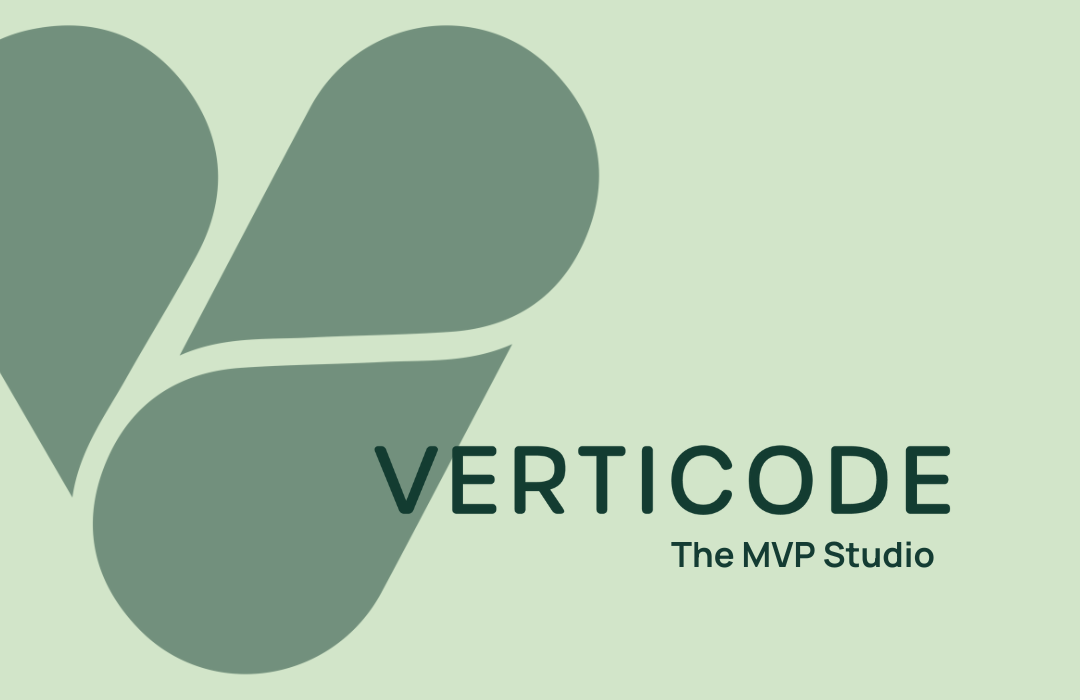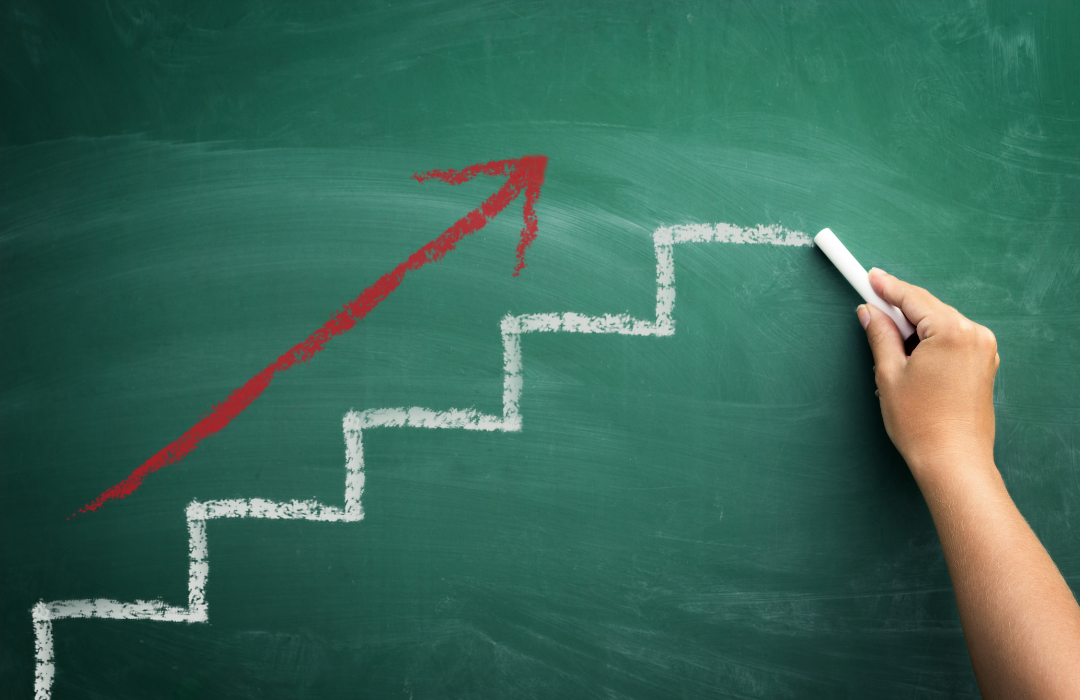The Build-Measure-Learn Feedback LoopTom Green, Co-Founder @ VerticodeDecember 2, 2022, 2 min read
in the book “The Lean Startup,” author Eric Ries explains that the Build-Measure-Learn Feedback Loop is a framework that can help you determine the right product to build, and validate that you are on the right track with the MVPs you create. In using the framework, the goal is to go through each stage as fast as possible. Think of the process of building the right product as a series of Sprints, not a Marathon. Besides being used to create a new product, this framework can be used to optimize existing products or processes (more applicable after you have reached Product/Market fit after the Customer Validation Stage). You will also see its parallels’ to the Hypothesis-Experiment- Results-Action model you are using for measured testing.

Idea Stage
You start with the IDEA Stage. In this stage, you come up with two sets of core hypotheses, 2 “Leap of Faith” Assumptions. The first is the Value Hypothesis, which tests whether a product/service really delivers value to the customer using it. The 2nd is the Growth Hypothesis which tests how new customers will discover a product or service (basically the channel & marketing strategies). Like with all other hypotheses, create ones that can be proven/disproven. Vague is bad. Be specific with numbers and quantitative metrics and have a clear pass/fail. An example of a poor hypothesis would be: “Our product will spread through word-of- mouth”
Build Stage
The next stage is the BUILD Stage. In this stage, you build an MVP to test the value and growth hypotheses. Make MVPs that aren’t scalable—you will learn about your customer when you have to be more intimately involved in the process. It also helps you better determine if you are actually delivering value. Manual processes are ok. You holding your customer’s hand through the process will help you identify bottlenecks or weak points.
Product Stage
The next stage is the PRODUCT Stage. Here you make experiments to test your MVP. An important note: this does NOT mean you should create a survey that your MVP users take. Observations are always better than opinions. Observe them using your product. A/B Split testing can be effective, especially when using the Build-Measure- Learn feedback loop to optimise an existing process or product. Basically you tweak one small element of version A to create a B version and measure what happens. See if B performs better than A.
Measure Stage
Then you arrive at the MEASURE Stage. During this stage you collect all the data from the MVP tests. Make sure to properly segment the data by customer persona. If, for example, you have a product made for both men and women, look at the data about how each group uses the product differently. In measuring impact, success is improved results for metrics that matter. If you are testing a growth hypothesis, a marketing campaign, the metric that matters is either conversion rate or sales volume. Remember, measure activity and action, not opinions.
Learn Stage
Finally, we reach the LEARN Stage. This is where you look at the data and answer the questions: Was my hypothesis right or wrong? Was my hypothesis validated or invalidated? The Unit of Progress is key learnings that are Demonstrated with measured data.
In the cases where your MVP hypothesis is invalidated, then you go back to the beginning and determine a new hypothesis and go through MVP testing again.
Suggested Articles



